Building Herbaceous Supports
Last month, we described how we use coppiced hazel from our woodlands to build rose supports. Hazel is also an ideal material for herbaceous plant supports. Each year, we ‘plant’ many hazel structures in our borders to support tall perennials and provide scaffolds for vigorous viticella clematis. When the plants are bigger, a lovely ‘mingling’ effect is created: they seem to float around each other weightlessly because the support is barely visible.
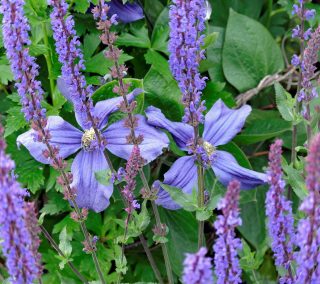
For herbaceous plant supports we use the feathered younger hazel branches that our woodlands yield in large quantities.

Three to four long branches are inserted vertically in the ground. The ends of the branches are then bent and wound around the base of the opposite branch. Weaving more and more ends into the structure in a criss-cross fashion creates a sturdy ‘dome’ ideal for keeping the perennials upright and tying the clematis around them.
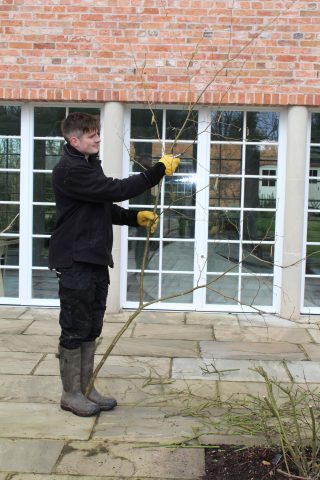
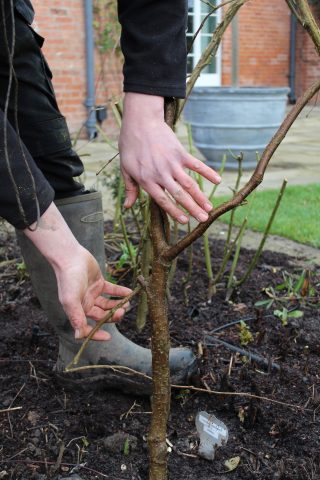
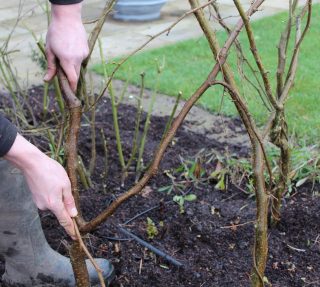
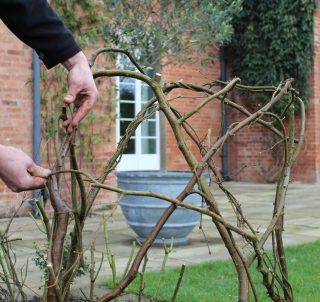
We build supports very early in the year, when perennials are still dormant in order to avoid damaging the tulips that are emerging in our borders. Since the supports are rather intricate, they act as sculptures to liven up our spring gardens
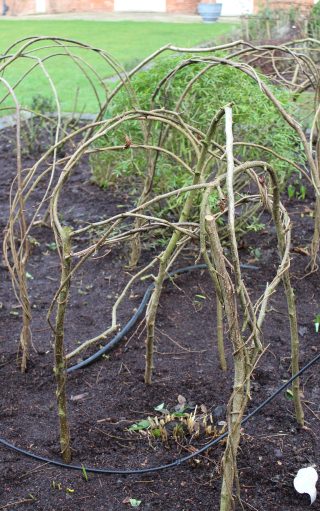
The hazel domes are removed in the autumn when all the borders are cut back.
